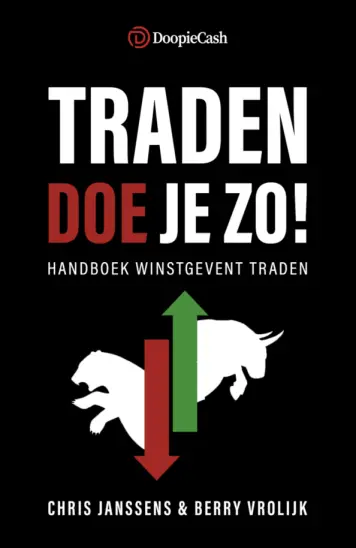The Most Dangerous Moment of the Cold War

The Cuban Missile Crisis: How Close We Really Came to Nuclear War, is a short history of the most dangerous moment in human history, when the United States and Soviet Russia came to the brink of nuclear war, in October 1962.
Some of the questions that are answered:
• Why did Soviet leader Khrushchev take the risk of deploying nuclear missiles on Cuba, knowing the Americans would almost certainly find out and could not possibly let it stand?
• What was discussed by President Kennedy’s so-called Executive Committee, a.k.a. ExComm, his core team throughout the crisis?
• Why was Kennedy especially worried about the ’Submarine Surfacing and Identification Procedures’ as formulated by the Department of Defense?
• And who decided not to push the button?
The Cuban Missile Crisis: How Close We Really Came to Nuclear War, draws from several primary sources and was published earlier in World 2.0: A History from Enlightenment to Terrorism and Beyond, by the same author (2016).
Though it is now more than 50 years ago and most of the main actors have passed away, the Cuban Missile Crisis still serves as an alarming warning to the leaders of today’s nuclear powers. Because, as Robert S. McNamara (U.S. Secretary of Defense, 1961-68) said about the Cuban Missile Crisis in 2003: “I want to say, and this is very important: at the end we lucked out. It was luck that prevented nuclear war...And that danger exists today. ”


